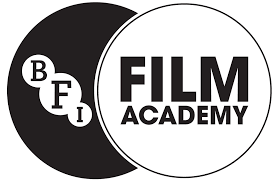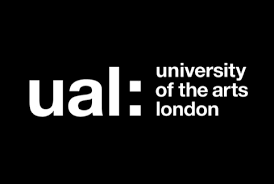London Film Festival – Studies in Narrative Structure
Last week I went to 4 very different films at this year’s LFF, and they proved very inspiring and creatively energising. They all made me think about different aspects of film drama and screenwriting.
For instance:-
Lo Spazio Bianco ‘The White Space’. An Italian film about a woman in her late thirties who, after a brief fling, becomes pregnant for the first time. The baby is born three months prematurely and the heart of the film covers the three month period in which the woman lives in a horrible limbo, visiting her tiny baby daughter in her hospital incubator every day, unable to touch her, the baby’s life in the balance. Viewed objectively the story is quite slight. There are few twists and turns but it’s a beautiful character study of a woman of a certain age at a huge moment in her life. The performances and script are excellent but what really grabbed me about this film was the way it was structured. Whether this was something that was done in post-production, or whether it was an original and integral part of the script, I don’t know. But what raised it above the ordinary were the bold cuts, the huge leaps back and forth across time in the story. So for instance, the film cut from the moment when the woman discovers she is pregnant to a scene in a hospital room where she is being gowned up, surrounded by medical staff (and as an audience at this point we’re asking – where are we now?) before she is led into the incubator room to see her baby for the first time, after the birth. Only later does the film go back and fill in the gaps in our knowledge of her birth. The effect of this juxtaposition of scenes is at first unsettling but ultimately hugely effective.
And then right near the end of the film, as the story reaches its climax, and the woman is walking back through the streets of Naples (and the city of Naples is a powerful element in the story) to the hospital to witness the moment when the breathing tubes are removed from the baby to see if she can breathe on her own, we cut from these shots of the woman walking alone in the present, to scenes of her walking alone in the streets in the past – and for the first time, right near the end of the film, we see her collapse, the moment when she went into premature labour and is then wheeled into hospital and told her baby has only a slim chance of survival. Cutting these two sequences together adds huge power to the story-telling and makes us want to know even more badly whether the baby survives or not.
There were so many examples like this in the film of non-linear story-telling adding hugely to the effectiveness of what might otherwise have been quite a simple story.
Blessed – an Australian film about a group of troubled youths in working-class Melbourne. Again this was a really interesting, enjoyable if bleak film made even more interesting by its structural originality. The story is told in two halves, entitled ‘The Children’ and ‘The Mothers’. The first half is told from the POV of an unconnected group of troubled teenagers. The film cuts between several different, unconnected stories. Then in the second half we revisit the same stories all told from the POV of the teenagers’ mothers. And we discover several unexpected connections between the characters from different stories, as some of the stories start to come together.
Structurally, particularly in the first half, this is reminiscent of Short Cuts or Crash and keeping the stories separate for so long only makes the eventual surprising links between them all the more satisfying from an audience POV.
Finally two films that are both about families in crisis (how many films that phrase covers!) the UK \ Australian co-pro The Boys Are Back; and a Brazilian film A Deriva (Adrift) which starred French actor Vincent Cassel. Both films are beautifully written, character-driven in the best way. Of the two films, Adrift is more claustrophobic and low-key – an intense study of a family break-up, over the course of a summer by the attractive Brazilian seaside, as seen through the eyes of the eldest daughter of the family, a beautiful 14 year old who, while observing her parents’ infidelities and break-up, is beginning to discover boys and relationships for herself. It’s this approach to the story – seeing it through the eyes of a 14 year old girl that really raises this film to a different level.
The Boys Are Back is structured more conventionally – the story is told from the POV of the Clive Owen \ protagonist character and is generally linear. Based on Simon Carr’s memoir, this is just a beautiful bit of story-telling about a complicated family situation (big understatement), a middle-aged man whose wife dies, leaving him to bring up his two sons by different mothers. The observation of character and particularly poignant and hilarious moments in the family’s life is so well done. And writer Allan Cubitt, without, in my opinion, ever resorting to cheap sentiment, manages to wring every last drop of narrative tension from this deceptively slight story. Familiar in terms of subject matter – the tragic death of a loved partner – this is intelligent, accessible film story-telling at its best.
Philip Shelley
www.script-consultant.co.uk
Nov 6th 2009






















